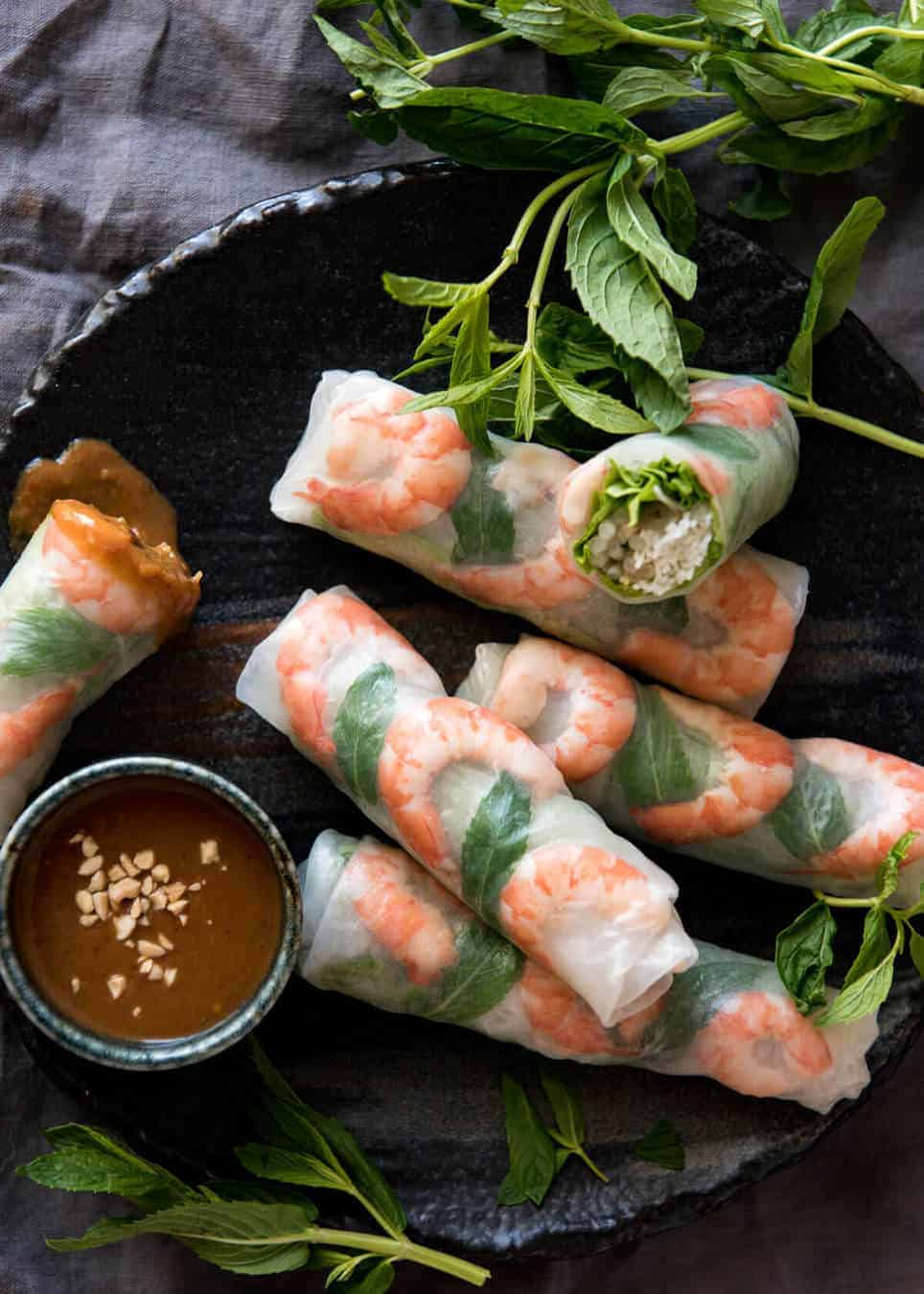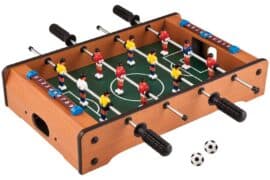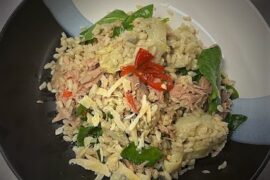Engage Your Kids in the Kitchen: Rolled Rice Paper Rolls
Hello awesome parents! Are you looking for a delightful and nutritious way to involve your kids in the kitchen? Look no further! Rolled rice paper rolls are a fantastic hands-on activity that can help spark a love for cooking in your children. Not only are they delicious, but they also offer a creative outlet for your little ones to express their culinary artistry. So put on those chef hats, wash those little hands, and let’s dive into the world of rolled rice paper rolls!
Why Rolled Rice Paper Rolls are Perfect for Kids
Rolled rice paper rolls, often known as Vietnamese spring rolls or summer rolls, are a fantastic food craft for kids. They’re simple, healthy, and provide a canvas for a variety of fillings. Plus, rolling them is just plain fun! Here’s why they make the perfect kid-friendly kitchen activity:
- Healthy Choice: Packed with fresh veggies, lean proteins, and herbs, rice paper rolls are a nutritious option that parents can feel good about.
- Versatile Fillings: They can be customized to include your kids’ favorite ingredients or to sneak in those veggies they usually shy away from.
- Sensory Exploration: Assembling the rolls gives children a chance to touch and learn about different food textures and shapes.
- Motor Skills Development: The fine motor skills required to fill and roll the rice paper are great for young chefs in training.
What You’ll Need to Get Started
Before we jump into the steps, here’s a quick list of what you’ll need:
- Rice Paper Wrappers: Readily available in most supermarkets or Asian food stores.
- Fresh Veggies: Lettuce, cucumber, carrot, and bell peppers are great starters.
- Proteins: Shrimp, chicken, tofu, or even marinated tempeh for a plant-based punch.
- Herbs: Mint, basil, or cilantro can add a fresh zing to your rolls.
- Noodles: Vermicelli noodles are a traditional filling, but you can leave these out for a low-carb option.
- Dipping Sauces: Prepare a few different kinds like hoisin sauce, peanut sauce or a simple fish sauce vinaigrette.
Now that you have your ingredients ready, let’s roll up our sleeves and make some magic happen!
Step-by-Step Guide to Rolling the Perfect Rice Paper Roll
Creating rolled rice paper rolls is as easy as 1, 2, 3, and it’s incredibly rewarding when you see your kids beaming with pride over their homemade culinary creations. Here’s a simple guide to follow:
- Prep the Fillings: Wash all your veggies and herbs, cut them into long, thin slices, and cook your proteins. If you’re using noodles, have them cooked, drained, and cooled.
- Soften the Rice Paper: Fill a wide bowl with warm water. Dip a rice paper wrapper into the water for a few seconds until it’s just soft enough to work with but not too limp.
- Assemble: Place the rice paper onto a clean, slightly wet surface. Let your kids place their chosen fillings near the bottom of the wrapper, leaving about 1 inch of space at the bottom.
- Roll: Teach them to fold the bottom over the filling, then fold in the sides before rolling it up tightly like a burrito. It may take a few tries, but that’s part of the fun!
Don’t stress about it being perfect – it’s the experience that counts, and even the wonky rolls are just as delicious.
There’s so much more to share about this exciting cooking activity, including fun variations and tips to make the process even smoother. Stay with us as we continue our guide, ensuring that your kitchen becomes the heart of laughter, learning, and culinary success!
Remember, when it comes to cooking with kids, patience is key. Encourage them to explore, get messy, and enjoy every step of the way. Not only will they create a tasty treat, but the memories forged in the kitchen are guaranteed to last a lifetime.
And now, let’s explore some delicious variations of rolled rice paper rolls that will keep your family coming back for more!
Stay tuned, as our journey into the world of easy and enjoyable rolled rice paper rolls is just beginning. Trust me, your taste buds (and your kiddos) will thank you!

5 Things Parents Should Know in Preparing for Rolled Rice Paper Rolls
Before you embark on this flavorful journey, there are a few essential tips to keep in mind. These will help ensure your rolled rice paper roll-making experience with the kids is a smooth and enjoyable one:
- Mise en Place is Your Friend: That’s a fancy French phrase for having everything in its place. Have all your ingredients chopped, proteins cooked, and herbs picked before the kids get started. This will make the process less chaotic and more enjoyable for everyone.
- Rice Paper Handling: Rice papers can be delicate and may take some getting used to. Tell your kids it’s like a science experiment—they can observe how the rice paper changes from hard to pliable when soaked in water. Just remind them to be gentle to avoid tears and holes in the rice paper.
- Embrace the Mess: Working with kids in the kitchen is bound to get a little messy, especially when dipping and rolling is involved. Lay down some parchment paper or a large cutting board to contain the mess and make for easier clean-up.
- Patient Practice: The first couple of rice paper rolls might not look restaurant-ready, and that’s perfectly okay. Encourage the kids to keep trying, as each roll will get better. Remember, it’s the process that’s valuable, not just the outcome.
- Child-Friendly Knives: If your children are at an age where they can help with chopping, consider investing in child-friendly knives that are designed for little hands. They will feel like an important part of the process and it teaches them valuable cutting skills. Always supervise closely during chopping!
Now that you have these tips under your apron, you’re ready to guide your kids through an international culinary adventure with confidence! As you do this, you are not just teaching them how to make a tasty snack but also imparting valuable life skills and creating a bonding experience that they’ll carry with them through life. Let your kitchen be a space of endless discovery, laughter, and hunger for knowledge (and food!).
The great thing about rolled rice paper rolls is that they’re as fun to eat as they are to make! Once you and your kids get the hang of it, don’t hesitate to experiment with different ingredients and flavors. Who knows, you may just craft a new family recipe that will be passed down for generations!
Delving into the making of rolled rice paper rolls with your kids opens up opportunities for cultural learning as well. Talk about the origins of the dish, the traditional ingredients used in Vietnamese cuisine, and the importance of fresh, balanced meals. It’s a perfect lead into discussing other cultures and their culinary practices, sparking curiosity and understanding about the world at large.
Remember to take photos of your kids’ masterpieces, so they can look back and see what they achieved. These moments of pride are significant in building their self-esteem and fostering independence.
Finally, enjoy the fruits of your labor together. Sit down as a family and savor each bite. Talk about the flavors, textures, and what you all enjoyed about the experience. This isn’t just about food—it’s about creating lifelong memories, one rolled rice paper roll at a time!
Keep an eye out for the next section where we’ll discuss variations, fun serving suggestions, and how to incorporate these rolls into your family’s meal planning. Your kitchen adventure is in full swing, and the fun has only just begun!
For more great articles please see here. For more information see here
Disclaimer
The articles available via our website provide general information only and we strongly urge readers to exercise caution and conduct their own thorough research and fact-checking. The information presented should not be taken as absolute truth, and, to the maximum extent permitted by law, we will not be held liable for any inaccuracies or errors in the content. It is essential for individuals to independently verify and validate the information before making any decisions or taking any actions based on the articles.




